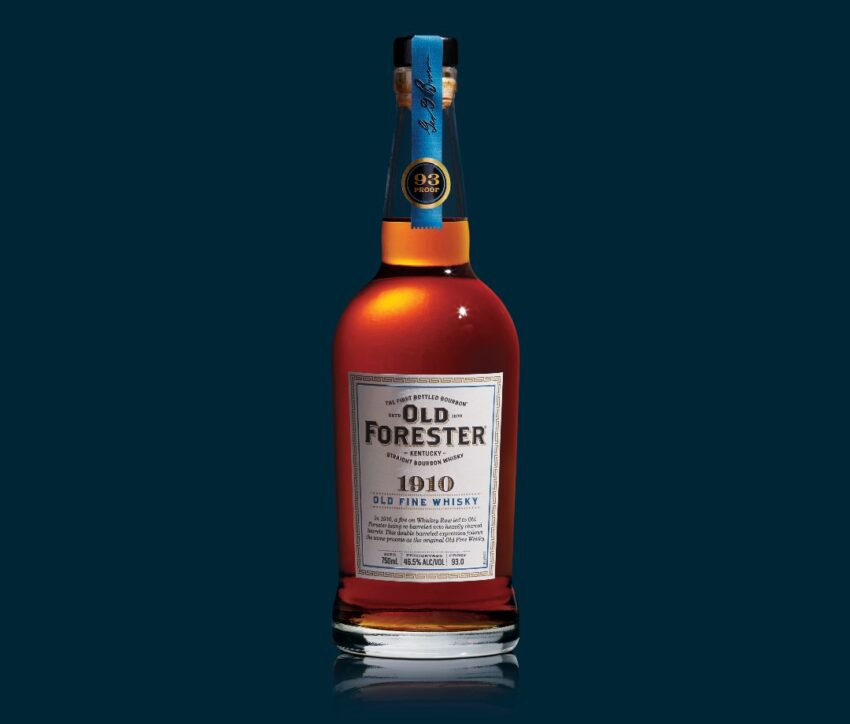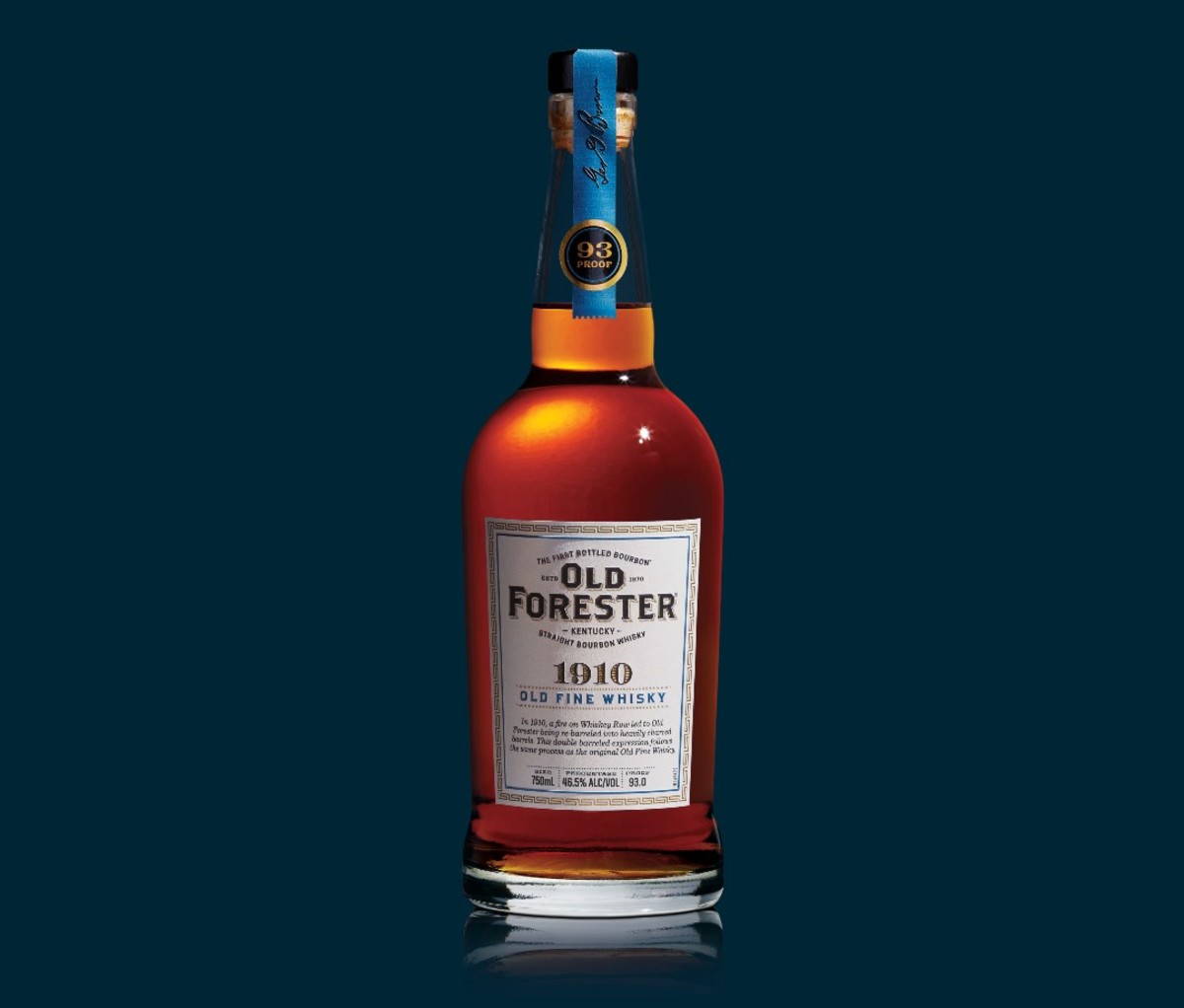Best Double-Oaked Bourbons and Ryes to Drink 2022

The best double-oaked bourbons may command a premium above your usual pour, but if you can’t get enough oak, they’re well worth it.
Not privy to what makes double-oaked bourbons and ryes special? Here’s your primer: All bourbon must be aged in new charred oak barrels. The casks impart all of the whiskey’s beautiful color and much of its sweet vanilla and caramel notes, along with that rich, chewy mouthfeel. The new charred oak barrels are a legal requirement: Bourbon literally wouldn’t be bourbon without them.
Believing you can’t have too much of a good thing, some distillers are doubling up the oak impact on their bourbon and rye with a second barrel. This isn’t the same as finishing, the process of moving mature whiskey from its first barrel to a secondary used cask. (You see the same done with sherry, port, and wine.) Finishing fundamentally changes the flavor of bourbon and rye by design.
But in the case of these double-oaked bourbons, the secondary cask is another new charred oak barrel. Often it’s one that’s been more toasted than usual. The aim is to add to the oak intensity in the whiskey, giving bourbon and rye drinkers more of what they already love. If the process isn’t done carefully, the whiskey is in danger of being overly tannic and woody or off balance. In other words, not as delicious as it was at the start. And that could cost the distiller dearly, since new barrels aren’t exactly cheap. But in the right hands, double barreling can elevate and transform a workaday whiskey into something extraordinary.
Here are 10 of the best bottles to try now.
 Courtesy image 1. Old Forester 1910 Very Fine Whisky
Courtesy image 1. Old Forester 1910 Very Fine Whisky
The first recorded double-oaked bourbon was made at Old Forester where, in 1910, a fire shut down the bottling line just as a vat of mature bourbon was about to be processed. Unable to bottle the liquid, but wanting to preserve it as straight bourbon, the distillery moved it into new barrels. What finally emerged was so good, Old Forester called it Very Old Fine Whisky. This modern iteration takes its inspiration and process from that history, and rounds out the brand’s Whiskey Row series.
[$55; oldforester.com]


